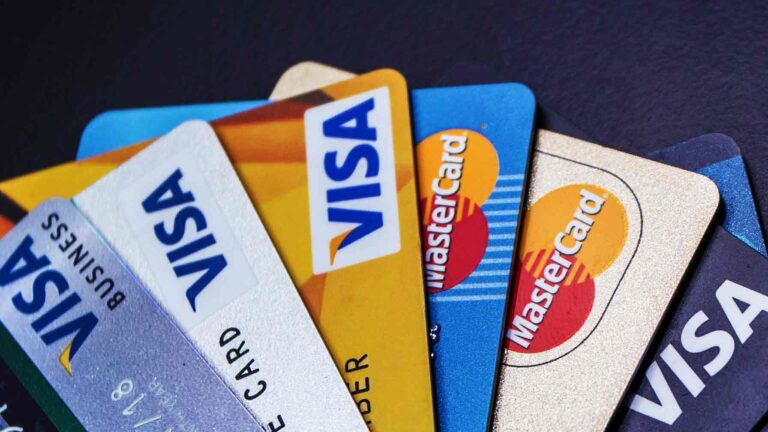Five Common Chargeback Myths Destroyed

Chargebacks are one of the less-glamorous byproducts of the merchant life. They’re inconvenient, problematic, and often misunderstood. Like all murky troubles in life, understanding chargebacks is not that straightforward and it generates a lot of gossip, misinformation, and myth. Below are the five most common myths surrounding chargebacks and chargeback management, that we’ll gladly blow up for merchants…
1. Chargeback prevention = increased declines.
If you’re staying on top of your chargebacks, you’ve probably fortified your points of sale against fraud. Sometimes, doing this can bring an increase in false-positive declines, that’s true. Merchants can lose up to five times more revenue to false positives than to fraud and chargebacks. It doesn’t have to be that way, however.
Make sure your decline triggers understand your customer base. For example, if you have a fair amount of college students as customers, their billing address is unlikely to match their IP or shipping address. Or, if you’re selling high dollar items and your clientele typically makes large purchases. Fraud filters will mistake these purchases as fraud unless you modify them to look at user behavior and compare that to known fraudulent activity. The more nuanced and flexible your fraud triggers are the lower your false declines.
2. You can’t fight CNP chargebacks.
Look, if this was true, ChargebackHelp would have folded like origami a long time ago. The vast majority of our successful representment cases are for CNP merchants. If you’re keeping compelling evidence of your transactions and customer usage, you can prove a CNP customer made a purchase as if they personally walked up and handed you their card.
3. Successful representment reverses the chargeback.
Representment helps a merchant recover revenue that would otherwise be lost to fraud in a dispute. It does not help to reduce the number of chargebacks. Win or lose, a chargeback is forever. It’s unfair, but it still counts as a chargeback against your ratio. Managed alerts are the proper means to reduce your chargebacks.
4. Reduce your chargebacks by reducing sales.
Whoever tells you that reducing sales will reduce chargebacks either needs to be fired or sent back to statistics class. Card associations do not look at a total number of chargebacks to determine your suitability for processing their cards. They look at your ratio of chargebacks to sales. A 2% chargebacks-to-sales ratio is bad and can cost you your VISA/MasterCard processing whether you’re doing 100 sales a month or 10,000.
5. Fighting chargebacks is bad customer service.
If you’re seeing a lot of chargebacks, it’s actually an indicator that you need to improve your customer service. Done right, customer service can help reduce chargebacks and improve customer retention. If you’re being thorough with your customer outreach, providing them clear terms and conditions, sending good descriptors, and making your points-of-contact accessible, it’s not just good customer service, it’s chargeback prevention.
That was just a taste of how ChargebackHelp can sort fact from fiction with chargebacks for merchants. Find out more ways to reduce chargebacks and avoid fake news by contacting us at ChargebackHelp. Drop us a chat down on the right, shoot us an email, or go old-school and call us 1.800.975.9905






